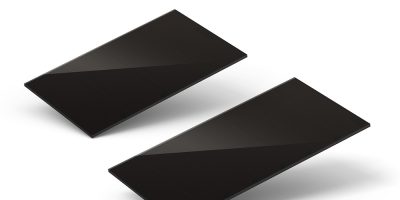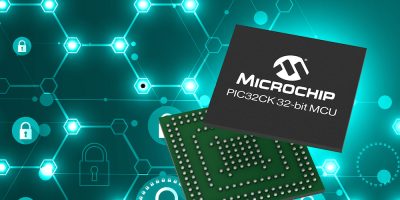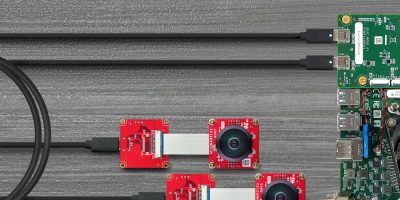Panasonic’s hydrogenated amorphous silicon (a-Si:H) solar cells, known as Amorton, power indoor and outdoor applications like IoT devices, watches, sensor nodes, asset trackers, or remote controls. Amorton can harvest energy reliably and sustainably even in low light and artificial light environments.
Now Panasonic introduces its latest Amorton solar cell series: Named AMG-1401C and AMG-1701C, the new products benefit from a nearly perfect black-reflective surface and much higher efficiency (+20%). These breakthroughs have been made possible thanks to an optimised production process, which significantly increased the active area compared to the previous generation. The result is a 20% increase in efficiency, making the new AMG-series one of the most efficient indoor amorphous solar cells on the market today. The AMG-1401C and AMG-1701C, which are based on glass substrates, are 1.1mm thin, generate approx. 8uW/cm2 at 200lux per active area.
The external dimensions are only slightly larger than the active area, which means the space and material consumption in the final application can be optimized. The AMG-1401C with external dimensions of 41.4mm x 26.1mm generates a maximum of 77.8uW at 200 lux. The cell voltage is 2.2V, which means it can be combined with many power management ICs available in the market.
https://industry.panasonic.eu/







